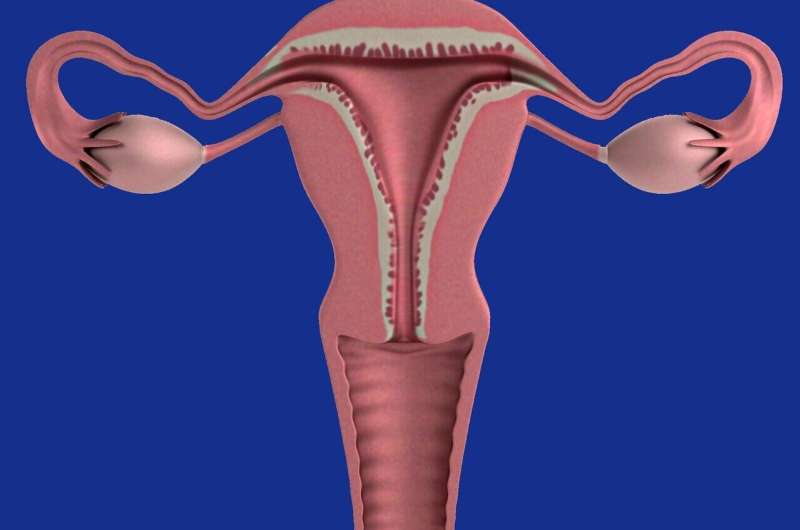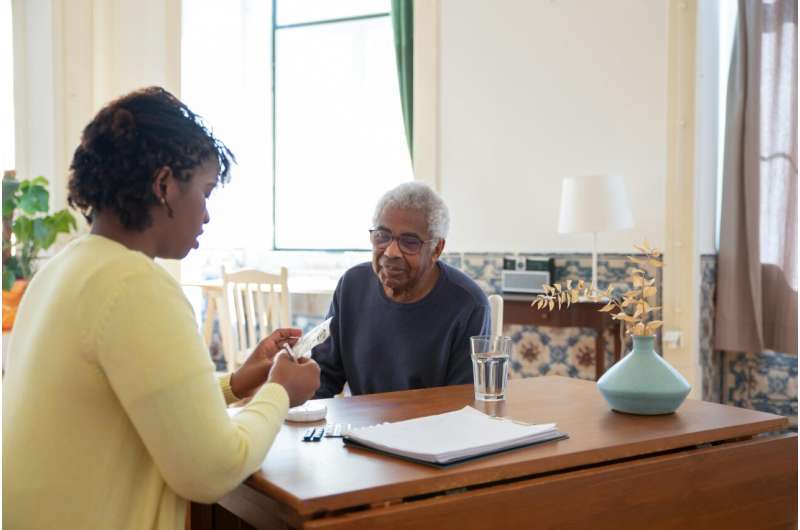Innovative Nerve Stimulation Trial Shows Promising Results for Spinal Cord Injury Recovery

A groundbreaking clinical trial demonstrates that closed-loop vagus nerve stimulation combined with rehabilitation significantly improves arm and hand functions in individuals with spinal cord injuries, showing promising potential for FDA approval and future treatments.
Recent clinical research conducted by scientists at the Texas Biomedical Device Center (TxBDC) at The University of Texas at Dallas has demonstrated significant advancements in the treatment of spinal cord injuries through nerve stimulation technology. The study, published in the journal Nature on May 21, 2025, involved individuals with incomplete spinal cord injuries who underwent a novel therapy combining nerve stimulation in the neck with personalized rehabilitation exercises.
This approach, known as closed-loop vagus nerve stimulation (CLV), employs a miniature, implantable device that delivers electrical pulses to the vagus nerve during therapy sessions. The stimulation is synchronized with specific movements, enhancing neural rewiring and promoting recovery of arm and hand functions. The trial included 19 participants who performed 12 weeks of targeted therapy involving simple video games designed to trigger upper-limb movements. The results showed not only improvements in strength, range of motion, and dexterity but also that the treatment was safe and effective across a wide age range and various post-injury durations.
The success of this study positions the research team to move forward with a larger Phase 3 trial involving 70 participants across multiple U.S. centers specializing in spinal injuries. This breakthrough therapy marks a significant step toward potential FDA approval, offering hope to individuals with spinal cord injuries who previously had limited treatment options.
The device used in this study is about 50 times smaller than earlier versions, allowing for MRI and ultrasound scans without complication. Experts involved in the project emphasize that the therapy produced gains in cases where traditional therapy alone showed no benefit, highlighting its revolutionary potential.
With contributions from leading neuroscientists and bioengineers, including Dr. Michael Kilgard and Dr. Seth Hays, the research underscores the promise of integrating nerve stimulation with rehabilitation. While there are still hurdles ahead, such as regulatory approval and further scientific validation, the study’s outcomes pave the way for new, effective treatments for spinal injury patients.
Source: https://medicalxpress.com/news/2025-05-nerve-trial-meaningful-spinal-cord.html
Stay Updated with Mia's Feed
Get the latest health & wellness insights delivered straight to your inbox.
Related Articles
Innovative Smartphone-Based Method for Colorectal Cancer Screening Under Investigation
Scientists are exploring a smartphone-based stool test as a convenient and accurate alternative to traditional colorectal cancer screening methods, aiming to increase participation and early detection.
Harnessing Big Data to Transform Endometriosis Diagnosis and Understanding
Advanced computational analysis of large-scale health records is revealing new insights into endometriosis, aiming to improve diagnosis and treatment of this complex disease.
New Co-Designed Resources Enhance Support for Culturally Diverse Older Adults Transitioning from Hospital
Innovative co-designed multimedia resources now help culturally diverse older adults and their caregivers during the crucial hospital-to-home transition, fostering better health outcomes worldwide.
Over-Representation of Individuals with Intellectual and Developmental Disabilities in Long-Term Psychiatric Hospitalizations
Research shows that individuals with intellectual and developmental disabilities are over-represented among long-term psychiatric hospital inpatients in Ontario, highlighting the need for enhanced support and specialized care.



